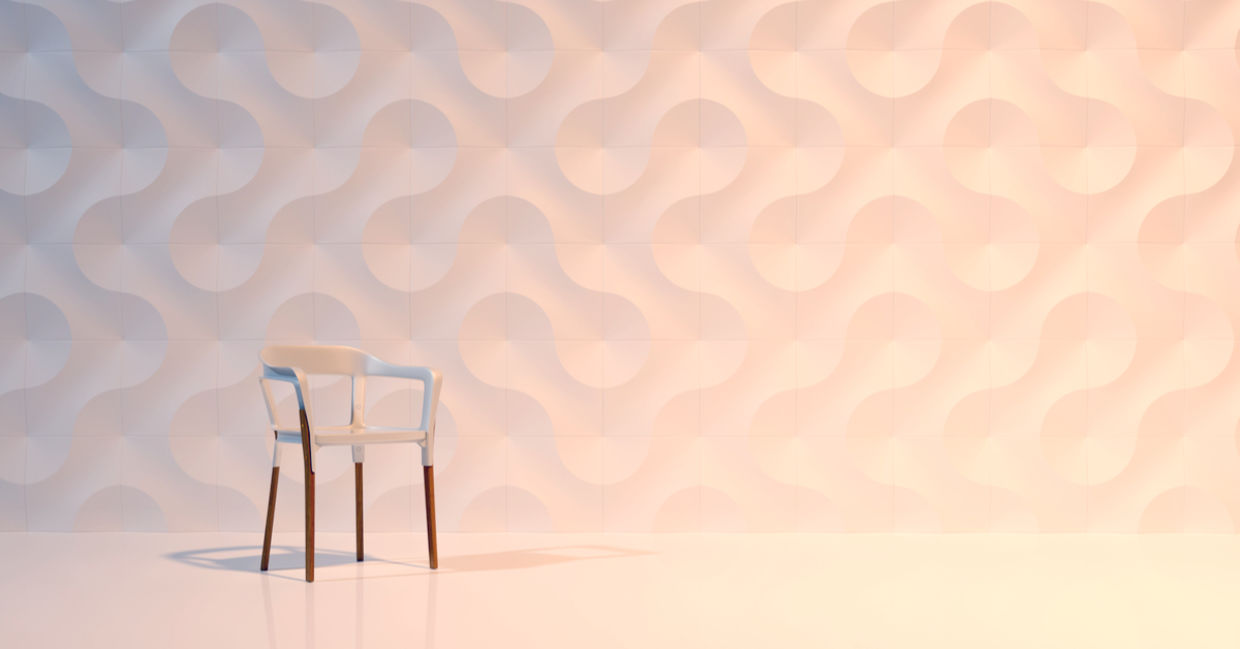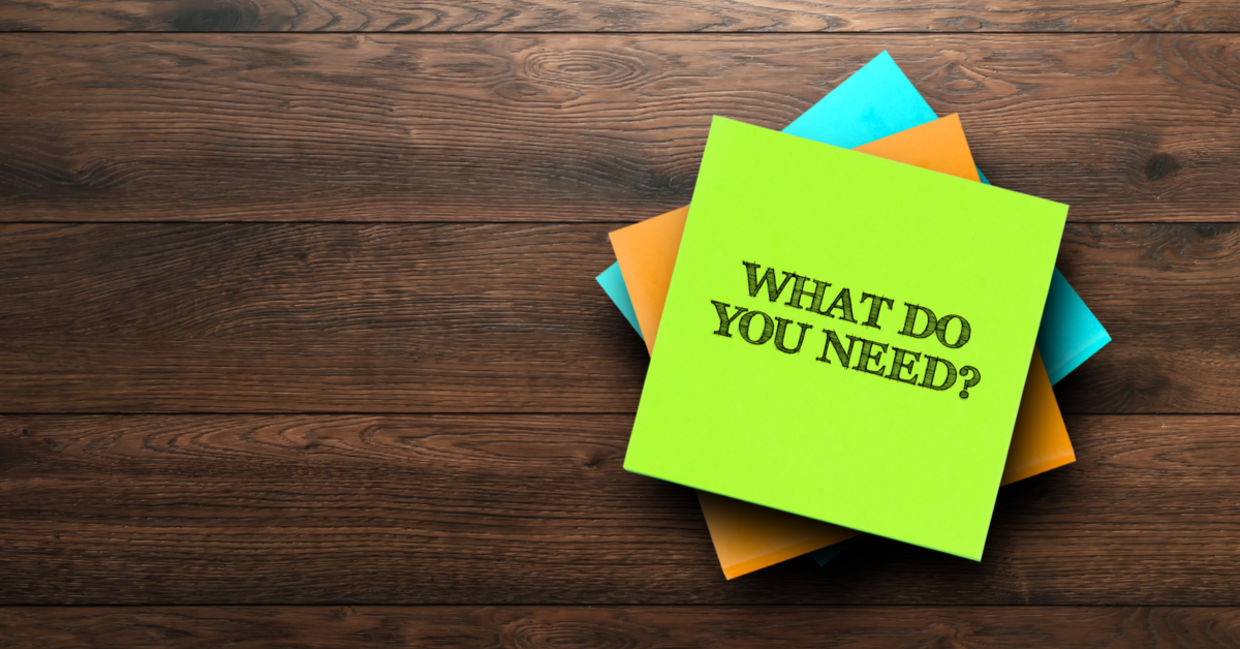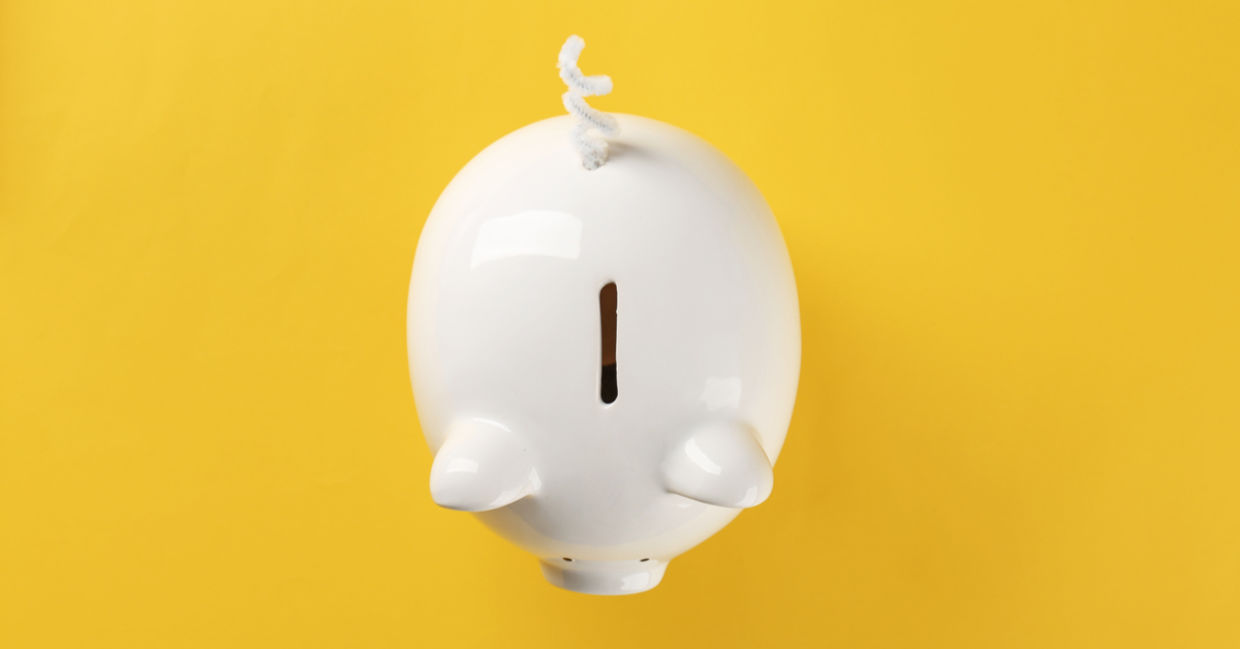
(LastMondayApril/ Shutterstock.com)
As Leonardo da Vinci said, “Simplicity is the ultimate sophistication.” But often, we clutter our lives with unnecessary preoccupations. We spend too much money on things we don’t need. We waste time on mindless activities rather than focusing attention on the people we love or doing what brings us joy. This is the key message of decluttering experts like Marie Kondo.
Minimalism means taking a critical look at the way we spend our time, money, and attention. Through the process, we remove the excess and live more intentionally with purpose and joy. Bring out your inner minimalist with these doable tips for a simpler, more meaningful way of life.
1. Practice mindfulness
About six percent of the US population have trouble with compulsive shopping, a behavioral addiction to making impulse purchases. Just as with any addiction, psychologists recommend mindfulness therapy as treatment.
View this post on Instagram
Mindfulness meditation means cultivating nonjudgmental awareness in the present moment. It helps relieve stress, which often causes compulsive behaviors in the first place. Studies also find that mindfulness increases awareness of behaviors.
Here’s how to apply it: At the moments that you go to make a purchase, rather than buying anything, pause. Notice the thoughts and emotions that arise. Observe any triggers that may cause you to compulsively make that purchase, like sadness or stress. Instead of making the purchase, write it down. Then follow the 30-day rule…
2. Master the 30-day rule
Impulse buys can clutter your life with new items that you don’t really need. The 30-day rule can prevent you from making these compulsive purchases. Start by asking yourself, “Do I really need this right now?” Whenever you feel the need to buy something that you don’t need, wait 30 days. If, after that point, you still want to make the purchase, go for it. Waiting helps break patterns of buying what you don’t need. More often than not, you will find that you don’t even want that thing anymore after the 30 days.

(Marko Aliaksandr / Shutterstock.com)
3. Play the 30-Day minimalism game
Changing to an entirely new lifestyle isn’t always easy. So why not turn it into a game to make it fun? The Minimalists, Joshua Fields Milburn and Ryan Nicodemus, suggest the 30-Day Minimalism Game. Find a friend to play along with you. Each person starts the challenge by getting rid of one material item on the first day. Then two items on the second day. Three items on the third day, and so on.
You can donate, sell, or trash your decorations, kitchenware, bedding, clothes, tools, and so forth. Set aside a box to store items throughout the challenge. When you get the chance, make sure every unneeded material possession eventually goes out of your house—and out of your life.
4. Set a minimal budget
Nearly 30% of Americans say they don’t stick to a budget. But without keeping tabs on your money, spending can easily get out of control. You end up buying things you don’t need.
A budget allows you to become more intentional about what you need to spend money on versus what you just don’t need. Start by listing all your expenses, down to the last dollar. Then divide your budget into three different categories: needs, wants, likes.
Needs: Essentials like groceries and housing
Wants: Expenses that add value and bring joy, but aren’t essential
Likes: Things we like to have, but don’t really need
The Minimalists suggest eliminating some of these expenses over a few months, starting with the Likes category. During Month 1, cut out all Likes from your budget. Then, on Month 2, get rid of all your Wants (Yes, all of them, at least temporarily).
When you get to Month 3, reduce your needs by at least 50%. Many people spend too much on food, for example, so that’s a great place to start. Through this process, you will realize that the things you thought you needed, don’t matter as much as you thought.

(Africa Studio / Shutterstock.com)
5. It’s not just about money
Minimalism isn’t just about the money. You can apply this outlook to anything. How much time do you spend doing unnecessary activities like scrolling on Facebook or watching television? If those things bring you joy, then great! But maybe you would benefit more by spending that time connecting with family and friends, reading an interesting book, creating art, contributing to your communities… anything that brings you joy and adds value.
View this post on Instagram
Minimalism is different for everyone. Your version of a meaningful life won’t look the same as someone else’s. That’s why it takes experimentation to discover what adds value to your life and brings you joy.
Remember that there’s more to life than bills, money, and work. By releasing all the excess—material possessions, toxic relationships, unhealthy habits—you will find yourself living a more purpose-driven, joyful life.







